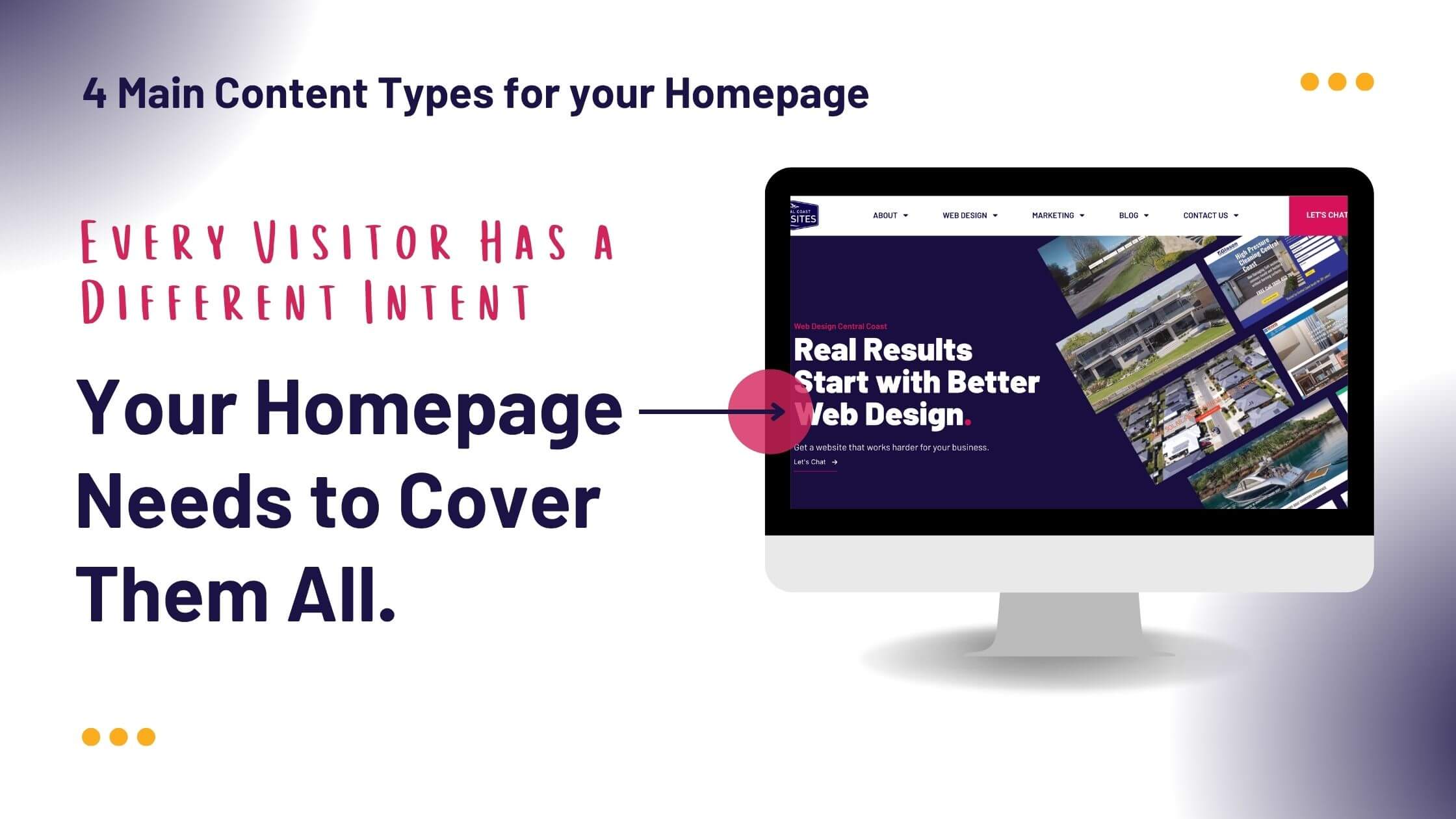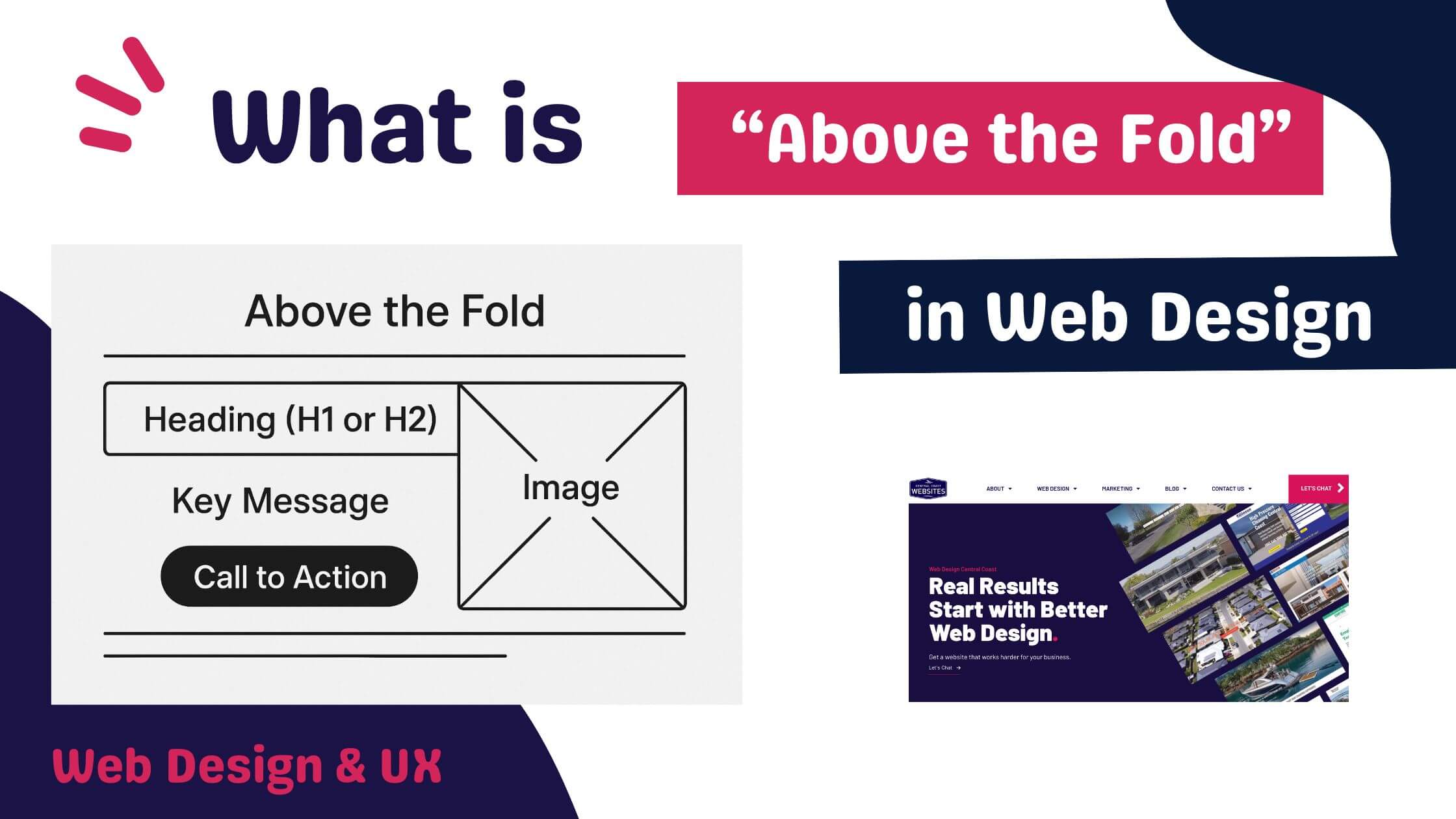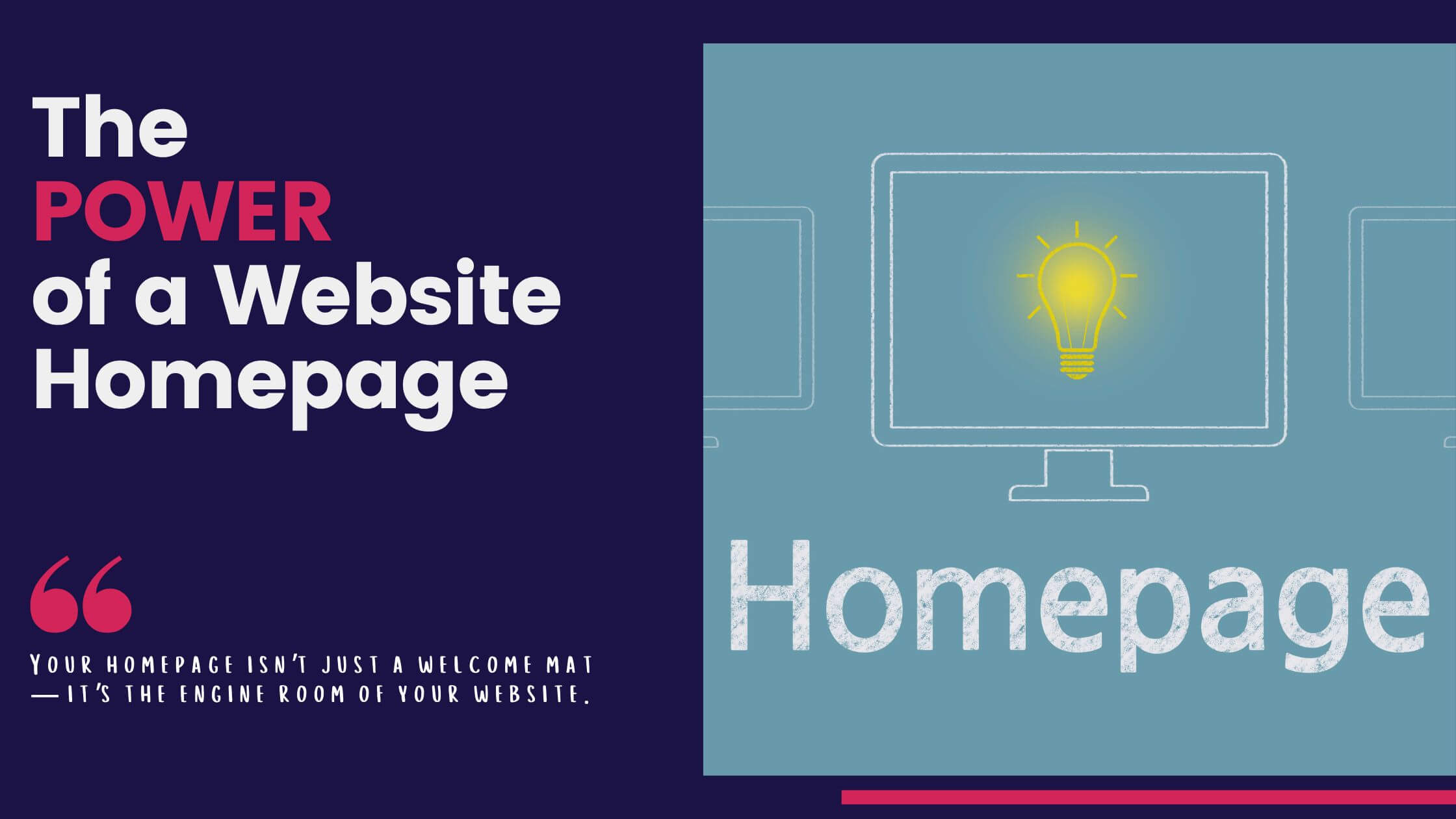What’s the Difference Between Elementor & Beaver Builder & Which one Should You Use?
Choosing the right page builder can make a big difference to how your WordPress site performs, looks, and grows. Here’s our Key Takeaways.
Key Takeaways.
- Both Elementor and Beaver Builder are excellent WordPress builders—each with their own strengths.
- Elementor is feature-rich and ideal for flexible, design-heavy websites.
- Beaver Builder is lightweight, stable, and great for clean, straightforward builds.
- There’s no one-size-fits-all choice—we choose the best builder based on your website’s needs.
- The right builder helps ensure your site is fast, easy to manage, and built to last.
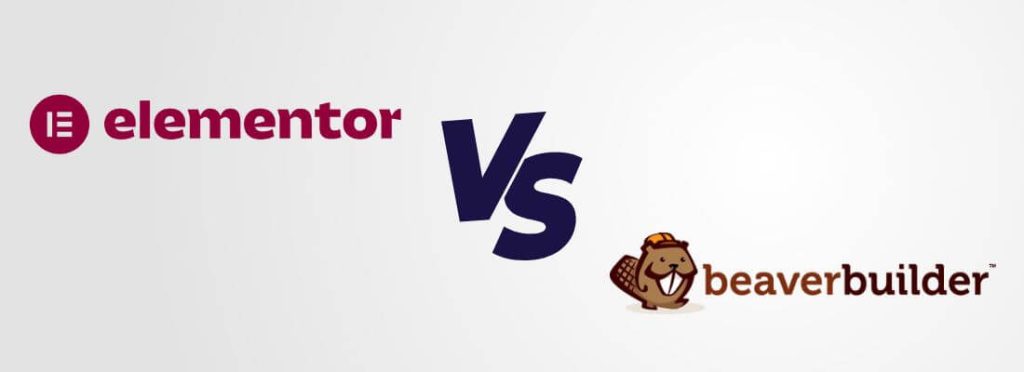
Why We’re Comparing These WordPress Builders.
At Central Coast Websites, our team work exclusively with WordPress, and over the years we’ve tested many themes & page builders. Today, we stick with two main ones: Elementor and Beaver Builder. Both are solid tools that allow us to build custom websites for our clients—from local service businesses to fully integrated holiday rental platforms.
We base our decision on which builder to use depending on the type and style of site required. For most general websites, we tend to use Elementor—it’s flexible, packed with features, and gives us strong control over design and layout. That said, Beaver Builder is also a reliable option, especially for projects such as our brochure websites where simplicity, speed, and long-term stability are a priority. Both have their strengths, and we choose the builder based on what will deliver the best outcome for the project.
We also the Astra Theme—it’s fast, lightweight, and works well with both builders. While we still maintain some older sites using Enfold, we’re gradually moving away from this.
So if you’re wondering which page builder to use, or you’re curious about the difference between Elementor and Beaver Builder, this breakdown will help you understand the pros and cons of each—and when it makes sense to choose one over the other.
Quick Overview: What Are Page Builders?
A page builder is a tool that lets you design and edit your website visually—without touching a line of code. Instead of working in the backend with shortcodes or templates, you can drag and drop elements like text, images, buttons, and columns directly onto the page.
Both Elementor and Beaver Builder are front-end page builders for WordPress. That means you can see exactly what your page looks like as you build it. This makes it easier for business owners and content editors to manage and update pages, without needing to rely on our developers for every change.
While they do the same job at a high level, the way they work, the features they offer, and the overall editing experience are quite different—and that’s where the comparison becomes important.
Elementor: Pros & Cons.
Elementor is one of the most popular WordPress page builders—and for good reason. It offers a wide range of tools that make it easy to build visually impressive websites without touching code. It’s especially well suited to projects that need more design flexibility or custom layouts.
Pros of Elementor.
User-friendly interface
The drag-and-drop builder is intuitive, even for non-technical users. You can see changes live as you make them.
Extensive Widget Library
From sliders and tabs to forms and call-to-action buttons, Elementor has a large set of built-in widgets—no extra plugins required.
Design Flexibility
Control spacing, colours, fonts, and responsive layout settings with ease. You can fine-tune the look of each section.
Global Design Control
You can set site-wide fonts, colours, and layout styles, which helps keep branding consistent.
Regular Updates and a Strong Community
Elementor is actively maintained, with frequent updates and a wide range of third-party add-ons available.
Works well with Astra and SEO tools
It pairs nicely with the Astra Theme and tools like Rank Math or Yoast for SEO optimisation.
Cons of Elementor.
Performance Impact if Overused
It’s possible to overdo it with too many widgets or animations, which can slow your site down if not properly optimised.
Learning Curve for Advanced Features
While it’s easy to get started, mastering features like motion effects, custom positioning, or responsive tweaks can take some time.
Free Version Limited
Many of the more useful widgets and controls are only available in the Pro version.
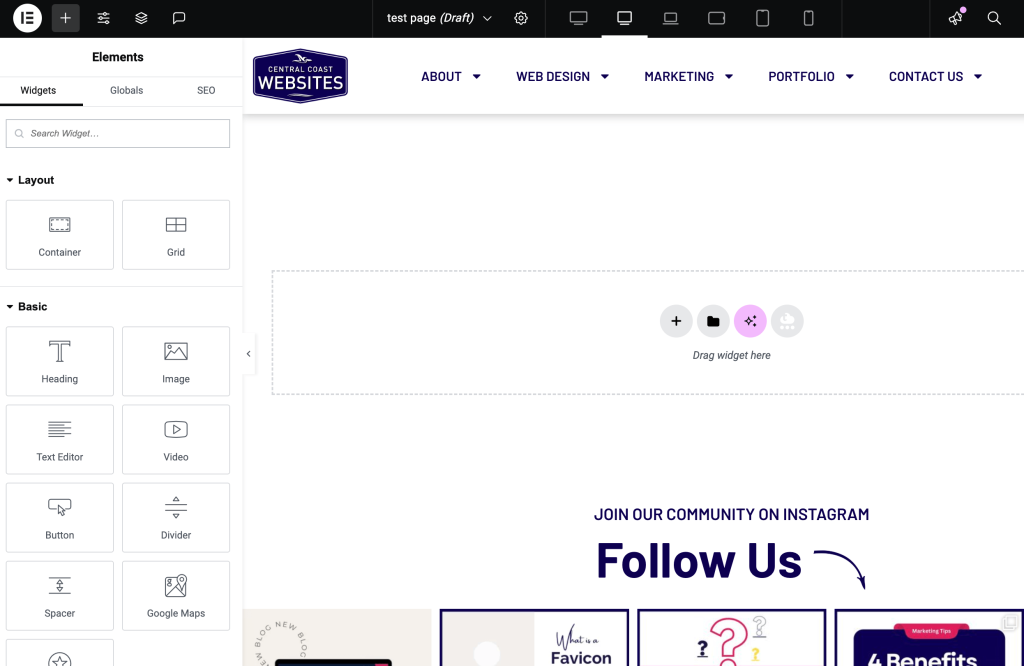
Beaver Builder: Pros & Cons.
Beaver Builder has been around for years and is known for its clean code, stable performance, and ease of use. While it may not have as many built-in design features as Elementor, it’s a solid choice for projects that prioritise speed, reliability, and maintainability. We predominantly use Beaver builder for our fully integrated holiday and Real Estate websites. The builder is light weight and perfect for these sites.
Pros of Beaver Builder.
Clean, Lightweight Output
Beaver Builder is known for producing clean code, which helps with page speed and long-term performance.
Stable & Reliable
It’s less likely to break after updates or cause conflicts with other plugins, which makes it a good choice for sites that need minimal maintenance issues.
Simple for Clients to Edit
The interface is straightforward, making it easy for clients to log in and make basic content changes without worrying about layout issues.
Great for Structured Content
Ideal for pages where layout consistency and clarity are more important than visual flourishes.
Good Integration Support
It works well with a wide range of WordPress themes and plugins, including custom post types and third-party tools.
Cons of Beaver Builder.
Fewer Design Options out of the Box
It doesn’t have the same depth of styling controls or built-in widgets as Elementor, especially when using the core plugin alone.
Requires more add-ons for Advanced Features
To match Elementor’s feature set, you’ll often need to install the Beaver Builder Theme or third-party extensions.
More Basic User Interface
The interface is functional but not as modern or visually engaging as Elementor’s. For some users, it can feel a little dated.
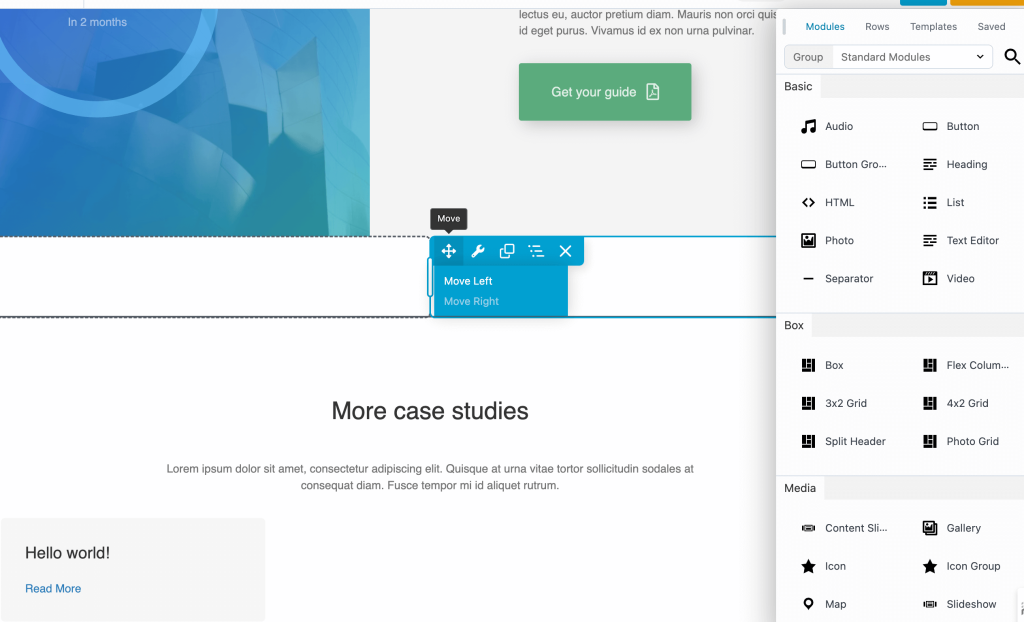
Flexibility for Developers When Needed.
While both Elementor and Beaver Builder are designed to be user-friendly for non-coders, they also offer plenty of flexibility for our developers when customisation is required.
Both builders make it easy to add custom CSS—either at the element level, page level, or site-wide. This is useful when you need to override styles or add unique design touches that aren’t available through the default controls.
From a technical standpoint, both builders also work well with WordPress’s database structure. This means you can extend functionality using custom code snippets, shortcodes, or database-level integrations without running into compatibility issues. Whether it’s adding tracking scripts, dynamic content, or advanced conditional logic, there’s room to grow beyond the visual builder if needed.
This balance—between visual control and developer flexibility—is one of the reasons we keep both builders in our toolkit.
When We Use Each Builder (and Why).
We’ve worked with both Elementor and Beaver Builder across a wide range of client projects, and the choice between the two usually comes down to the specific requirements of the site.
If the project leans heavily into visual design—like strong branding elements, layered layouts, animations, or custom styling—we typically go with Elementor. It gives us the flexibility to build unique pages without touching code, and it’s ideal for clients who want that modern, polished look. It’s also well-supported, and thanks to its frequent updates, it’s easy to integrate the latest design features without extra tools.
On the other hand, Beaver Builder is our go-to when performance, simplicity, and long-term stability are the priority. It’s a builder that just works—without unnecessary bloat. For sites that don’t require as many design flourishes but need clean, fast-loading pages that are easy for clients to edit, Beaver Builder gets the job done efficiently. It’s also less likely to cause issues during WordPress updates, which is important for hands-off clients who prefer not to worry about maintenance.
Both builders integrate well with the Astra Theme, which is one of the reasons we stick with Astra across nearly all our builds. It’s lightweight, flexible, and built to support both Elementor and Beaver Builder out of the box.
Ultimately, our choice of builder depends on:
- How much design control is needed
- Who will be managing the site day to day in terms
- Style of site – Some sites require certain styles and different builders have different elements and capabilities.
- How complex the layout or integration requirements are
- Whether long-term performance or short-term visual impact is more important
There’s no one-size-fits-all answer—which is why we assess the tools based on the project, not personal preference alone.
Closing Thoughts on Elementor vs Beaver Builder.
Choosing between Elementor and Beaver Builder really comes down to the needs of your website. Both are capable tools with their own strengths—and we use both depending on what the project calls for.
If you’re not sure which one suits your business or editing style better, we’re happy to point you in the right direction. We’ve built hundreds of websites using both builders, and we know what works for different industries, goals, and user types.
Feel free to get in touch if you’d like a second opinion—or take a look at some of our recent projects to see how each builder performs in real-world websites. Whether you’re after flexibility, speed, ease of editing, or a bit of everything, we can help build the right setup for you.



